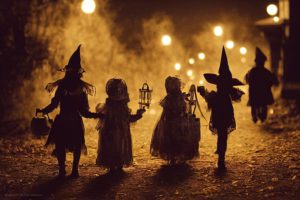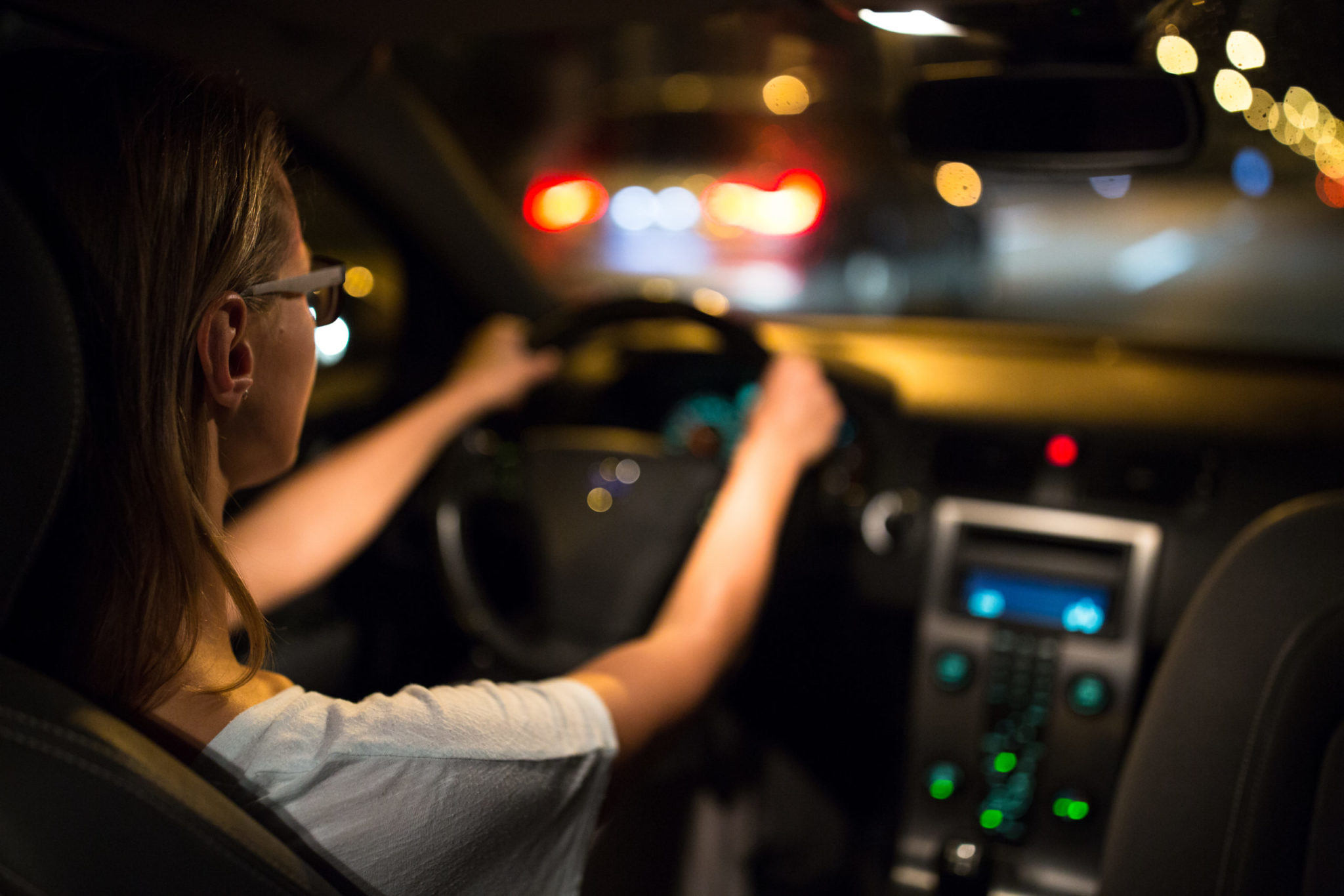October is the month when children’s thoughts turn to Halloween. But it’s also a time when drivers’ thoughts should turn to night driving safety. Between the little ghosts and goblins high-tailing it around on Oct. 31st, and the switching of the clocks back to Standard Time the following weekend, night driving negligence can come into play.
The timing of the Halloween trick-or-treating is a crucial factor in the dangers associated with driving during this time. Daylight is starting to wane and dusk is usually the order of the day, making driving that much more dangerous as it is.
What is the most dangerous time of day to drive?
Studies have shown that dusk is the most dangerous time of day to drive. An Aavo study found that “car crash deaths are over 85 percent higher during the after-work rush hour between 4:00 p.m. and 6:59 p.m. than they are during the morning rush hour between 7:00 a.m. and 9:59 a.m.”
And making this fact even worse is that the second-highest frequency of fatalities from auto accidents occurred right after the dusk period, between 7:00 p.m. and 9:59 p.m.
There are a multitude of reasons that this is the case. Some of the dangers of dusk driving include:
- Visibility is particularly poor at dusk because of reduced natural light
- Headlights aren’t 100% effective in this lighting as it isn’t quite dark enough yet for them to take full effect
- Drivers’ eyes must adapt to the changing level of brightness and it becomes more difficult to recognize threats to safety
- Less contrast in colours due to the reduced daylight
- The road is darker and can have deep shadows
- Exhaustion and tiredness after a long day at work can affect drivers’ focus and reaction time
Add in the little ones flitting around the streets at dusk on Oct. 31st—wearing costumes they sometimes can’t see that well out of, and being small targets that can often dart into streets unexpectedly—and it could all be a disaster waiting to happen.
Driving tips during Halloween
According to ParachuteCanada.org the most important things a driver can do to mitigate these difficulties during that Halloween drive time are:
- Reduce speed, particularly in residential areas where children are more likely to be trick-or-treating
- Pay close attention to children who may dart out into the street suddenly
- Eliminate all other distractions (e.g. cell phones, car entertainment systems)
- Proceed with extreme caution when entering or exiting driveways
- Avoid backing up/driving in reverse if at all possible, eliminating blind spots
Just one week after Halloween begins the other danger to night time driving: the end of daylight savings time.
There is a move afoot to make daylight savings time permanent in Ontario—in fact, legislation has been passed, but it hasn’t been put into force yet as we wait for Quebec and New York State to do the same so that we’re in synch.
But for now, that loss of an hour of daylight at the end of the workday means that drivers will have to deal with driving home at dusk, in darker light, and therefore, in more dangerous driving conditions, as outlined above.
Whether it be trick-or-treaters or pedestrians and cyclists on any other evening, these and other objects will be harder to see in the darker landscape.
“There Is no question that over the years, I have received a disproportionate number of calls for accidents involving motor vehicles and pedestrians this time of year,” says personal injury lawyer Brian A. Horowitz. “With COVID-19 restrictions being lifted and more people returning to work, I fully expect that trend will continue this year.
“Driving home from work during dusk simply makes it more difficult to see pedestrians crossing the street, particularly with inclement weather,” adds Mr. Horowitz. “I urge drivers to exercise extra caution this time of year.”
What are the best safety tips for driving in dusk/at night?
There are a number of actions drivers can take to reduce risks while driving at dusk or the following nighttime hours. According to economical.com, these tips are as follows:
- Be extra defensive
- Stay alert, keep an extra close eye on other vehicles and be ready to react and respond to other drivers’ unexpected actions
- Keep your windshield clean
- Any dirt on your windshield is extra distracting to visibility during the evening with other headlights shining on it
- Turn down your interior lights
- Minimize reflections on your windshield and windows, and let your eyes adjust better to the dark around you
- Drive more slowly than normal
- Give yourself more time to see and react to road conditions
- Don’t drive if you’re tired
- Drowsiness affects your response time and increases your chances of being involved in an accident
It’s that time of year when night driving safety takes on extra importance. Be prepared.
If you or a loved one has been the victim of an auto accident—day or night—contact Horowitz Injury Law as soon as possible for a free, no-cost consultation. We have over 35 years of experience and expertise in getting accident victims the compensation they deserve. Call 416-925-4100.




